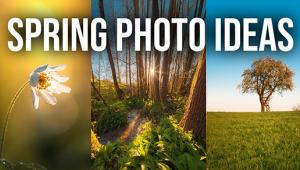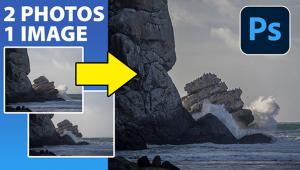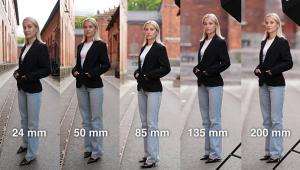ASPECT RATIO: A Secret to Engaging Travel & Nature Photos (VIDEO)
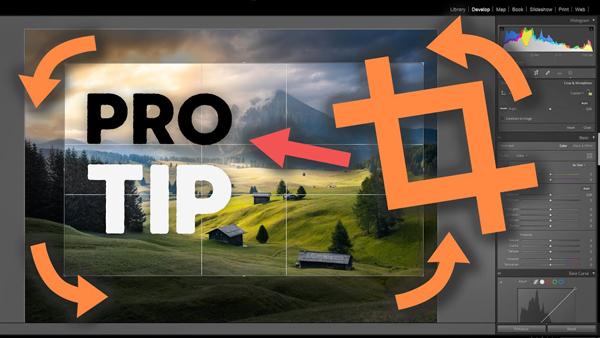
The concept of “aspect ratio” is a basic consideration regarding composition that can have a significant impact on how images are perceived. And there’s far more to this than you may realize.
Some photographers think all that’s involved is a decision to frame a scene in either a vertical or horizontal orientation. But as you’ll see in the tutorial below, there’s much more that factors into the equation. One is creative cropping, and another is whether to modify the native aspect ratio of the camera you use—which varies from one model to another.
German landscape pro Christian Irmler makes the emphatic claim that a thoughtful use of aspect ratio can make the difference between a world-class image and one that’s “just plain rubbish.” And while he explains this concept in terms of landscape photography, it’s equally important with just about every image you shoot.
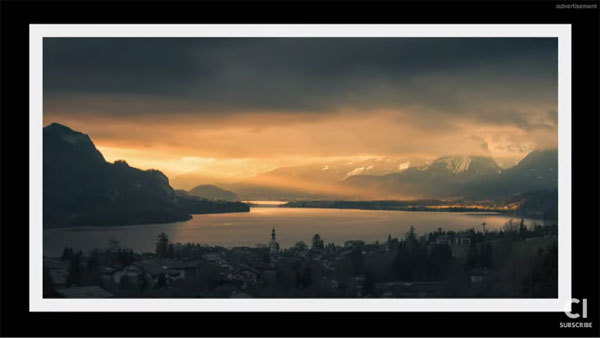
The emphasis in this episode is the impact of aspect ratio on the viewer’s experience. He begins with the oft-ignored fact that different camera sensors lead to different aspect ratios. Full-frame and APS-C models, for example, typically have a 2:3 ratio, while the aspect ratio of micro four thirds cameras is 3:4.
The point here is that you’re not stuck with these default formats because they can usually be modified in the settings menu to render a scene in the most effective manner possible. Irmler demonstrates why “it doesn’t make sense to always use the aspect ratio given by the camera when crafting an image”—especially when the format be changed with a single click.
In other words, the aspect ratio you choose—especially when shooting landscapes—should be based upon what elements in a scene are important to include, and other elements you wish to exclude from the composition.
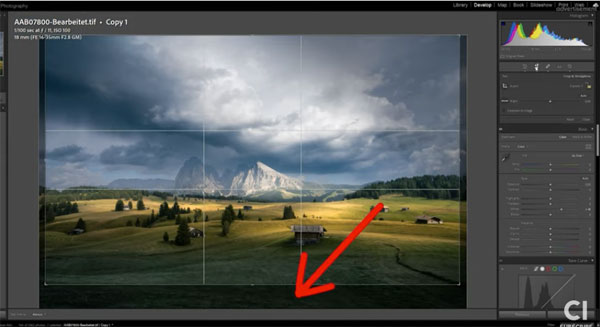
Thoughtful cropping is another way to adjust the framing if you don’t feel an image image you captured is as effective as possible after viewing it on the computer. Irmler has some important tips for doing it right. He also explains that most lenses are sharpest in the center, with a drop-off in quality at the edges of the frame.
That’s why Irmler prefers to crop a bit off both sides of an image when appropriate, rather that do more extensive cropping on just one side. He has several other great tips too.
You can find more helpful shooting advice on Irmler’s instructional YouTube channel, and in an earlier tutorial we posted with a simple guide to everything you need you know for making eye-popping photographs with long exposures.











